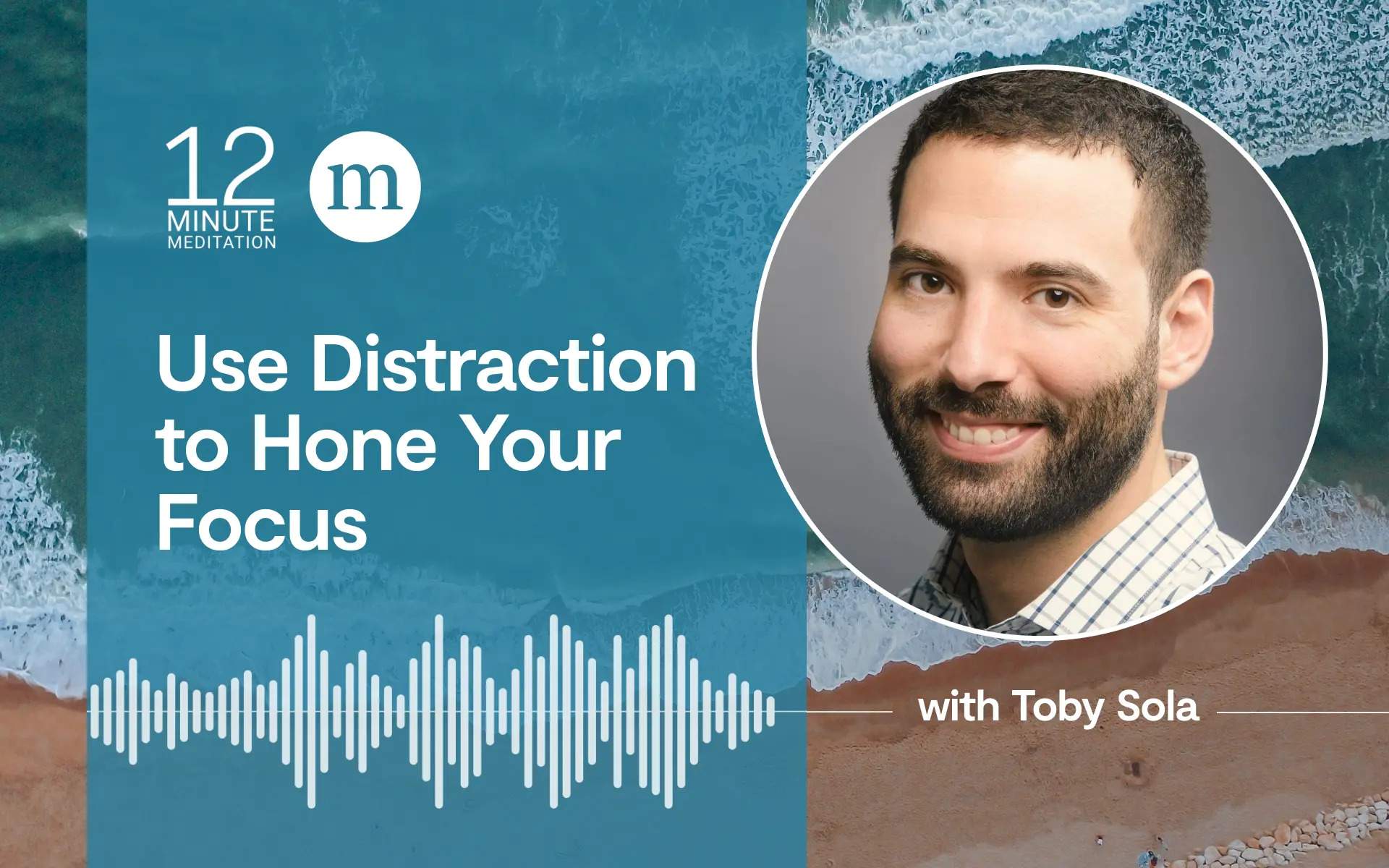How do people thrive in a climate where 65% of us are stressed at work and two-thirds of the workforce feels disengaged?
At the recent Well-Being at Work conference, Rich Fernandez, co-founder and president of Wisdom Labs, a company bringing mindfulness to businesses like Starbucks and Google, discussed how mindfulness programs at work can counter some of the current burnout trends.
Fernandez gave a nod to current research on how mindfulness helps regulate emotions and boost focus. For the workplace, he suggests there’s room for another benefit: wise and compassionate leadership. While compassion might seem secondary to mental focus, Fernandez argues that there’s no greater way to impact the quality of decision-making in a “fast-paced, ever-expanding world”:
“Wise and compassionate leadership: Not necessarily words you hear in the workplace or in business settings but I think that needs to change and is starting to change because what do we know about wisdom and compassion? If you think about wisdom it’s really the deep understanding of what’s good and true coupled with optimal judgement as to action. So it’s decision quality based on what’s good and true. And we know that compassion is about reducing suffering, serving the greater good, and being of benefit to all. So those qualities are increasingly important not only in business, not only in any workplace, but I would submit in the world, and that is not just anecdotal because leaders who engender those qualities have really marvellous results in the areas in which they lead.”
Fernandez mentions Chancellor Angela Merkel: Forbes rated her the most powerful woman in the world in 2015 for Germany’s decision to open its doors to 1 million immigrants from war-torn regions. He also mentions Rose Micario, the CEO of Patagonia, which makes most of its fleece jackets out of recycled pop bottles and plastics. Patagonia “even tells people not to buy their products”—yet Fernandez says they experienced their largest growth in 2015.
Metrics on the ROI of mindfulness
Fernandez shares statistics from companies that have implemented mindfulness—these are not definitive studies with randomized controls, but they’re “suggestive with very encouraging results.” Here are some of the results:
Increased Productivity: At Aetna, one of the third largest health insurance companies in the US, 12,000 employees have taken a mindfulness program. Aetna is reporting 62 minutes on average of increased productivity per employee with an additional $3,000 in savings per employee.
Reduced Employee Turnover: Bringing mindfulness to a company called the iOpener Institute lead to a 46% reduction in cost due to employee turnover, 19% reduction in the cost of sick leave, and a reported 12% increase in performance and productivity.
Want to try a leadership meditation? Janice Marturano, founder of the Institute for Mindful Leadership and author of Finding the Space to Lead, offers a practice you can try any time of day to connect you to your best leadership qualities.
Meditate Right Where You Are
Most of us spend a great deal of time sitting behind our desks, or in conference rooms or colleagues’ offices, so having a short practice that helps you relax while at work can be beneficial. What I call the desk chair meditation gives you a way to incorporate a short mindfulness practice into your day.
You may need to be creative to find the quiet place. Many people have told me that they’re best able to do this practice by first leaving their office and finding an empty conference room, or even leaving the building to sit in their car during part of their lunch break. The desk chair part need not be taken literally. This meditation can be done anywhere you are able to sit quietly and practice, even an airplane seat.
The main part of this practice involves what’s called a “body scan,” which is very simple to do. Begin by bringing your attention to the sensations of your breath. When you’re ready, direct your attention to the soles of your feet, opening your mind to whatever sensations are there to be noticed. Perhaps you are noticing the pressure on the soles of your feet as the weight of your legs rests on them. Perhaps the soles of your feet feel warm or cool. Just notice. No need to judge or engage in discursive thinking. If your mind is pulled away or wanders, redirect your attention, firmly and gently.
Move your attention next to the tops of your feet, ankles, lower legs, knees, and so forth. Gradually scan through your body, noticing sensations, noticing discomfort, and noticing areas of your body where you detect an absence of sensations. You simply don’t notice any sensations in your shoulders right now, for example. No need to search for sensations; just keep scanning through your body, taking your time and being open to what is here.







